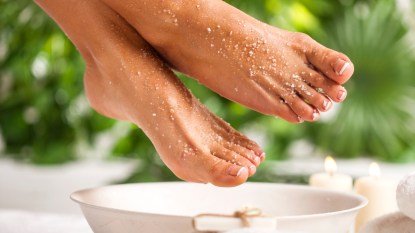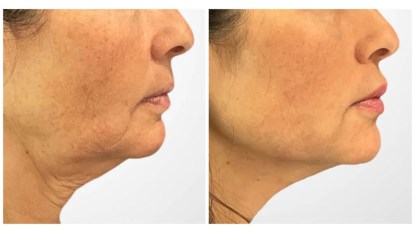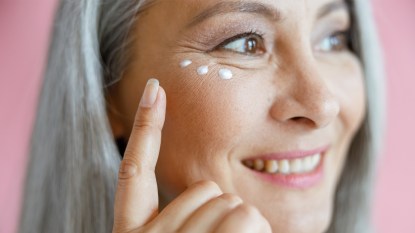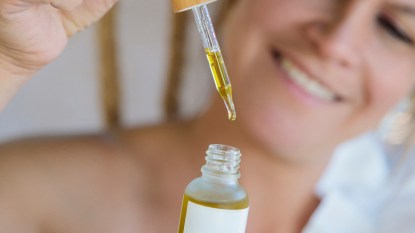3 Hot Tips to Repair Heat-Frazzled Hair Fast
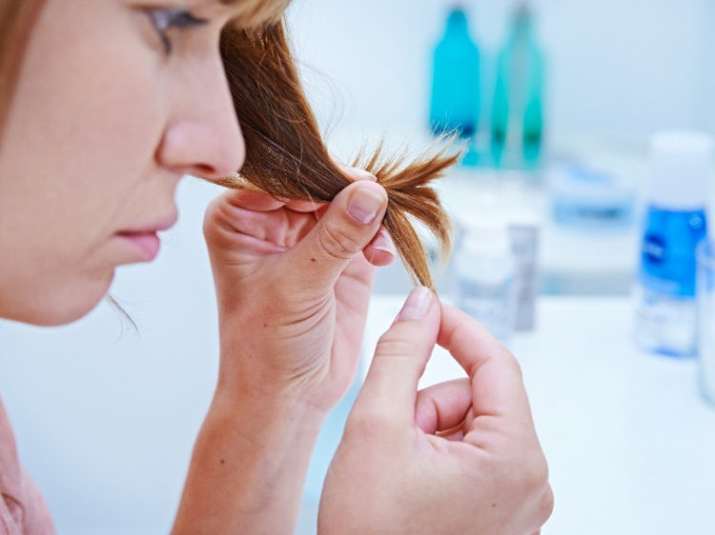
Wondering how to repair heat-damaged hair? You’re not alone. It’s one of the most-asked questions by clients at salons — and by desperate women everywhere staring in the mirror while holding up fried hair. After you’ve let heat — usually from a blow dryer, curling iron, or straightening iron — touch your precious tresses too much over time, your hair may turned into a fried, frizzy, dried-out mess. Is there ever a true way back, short of cutting your hair and starting over again?
Take heart, ladies: There is a way back to gorgeous, restored hair. But with a myriad of products promising to hydrate, repair, and smooth heat-frazzled hair, how do we know what really works? To find out, we asked cosmetic chemist Randy Schueller, founder of TheBeautyBrains.com, to identify key ingredients that guarantee gorgeous hair.
How to Repair Heat-Damaged Hair
For silky, soft strands: Products infused with natural oils have become the gold standard for restoring parched strands. But Schueller says the oils alone aren’t always enough to keep hair hydrated. To ensure strands stay soft and shiny, he suggests using a product containing coconut oil (the only oil proven to penetrate deep into the cortex) and silicone (or dimethicone, a silicone-based polymer).
“Silicone is key to maintaining moisture because it seals the cuticle, locking in nourishing oils,” says Schueller. “And contrary to popular belief, it won’t leave a residue on hair.” One to try: Palmer’s Coconut Oil Hair Milk ($9.14, Amazon).
For fewer split ends: We were a bit skeptical when treatments promising to mend split ends began appearing in beauty aisles. “While many of these products are hype, a select few containing polyelectrolyte complex (or PEC) can temporarily mend split ends for a healthier look,” says Schueller.
This unique chemical, which boasts both negative and positive ions, sticks to damaged hair proteins, creating mini bridges across the split. As the hair dries, the complex contracts, pulling the ends together. Bonus: The effect lasts a few washes. One to try: Nexxus ProMend Split End Treatment (from $95.99, Amazon).
For frizz-free shine: Serums, humectants, and gels… oh my! This time of year, nothing seems to tame our frizzy tresses. That’s because the high water content in the air finds its way into the hair cuticle, which consists of two different protein regions — the orthocortex and the paracortex. “These areas absorb water differently, so they don’t swell at the same rate,” explains Schueller. “This differential swelling causes the hair shaft to bend or twist to one side or the other, leading to frizz.”
Schueller’s two-pronged fix: First, avoid water-based styling products. “Water in the air is what causes frizz, but surprisingly, water is often the first ingredient listed in ‘anti-frizz’ products, which may be why many of them don’t work,” he says. Next, Schueller suggests looking for products containing dimethicone, a type of silicone that smooths the cuticle and creates a barrier so moisture can’t enter the cortex. The result: sleek, glossy hair. One to try: Organix Revitalizing Anti-Frizz Serum in Pomegranate Green Tea ($6.99, Amazon).
More from FIRST
8 Best Color-Depositing Conditioners for Every Shade of Hair
Get the Thick Hair of Your Dreams With the 10 Best Shampoos for Thinning Hair
Menopause and Gray Hair: What You Should Know Before Embracing Your Roots



